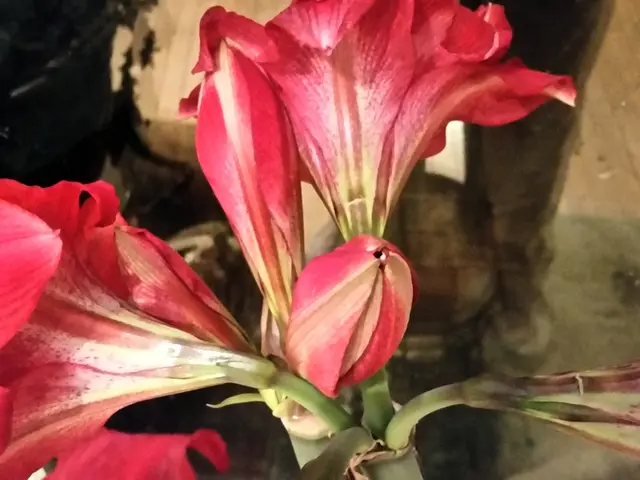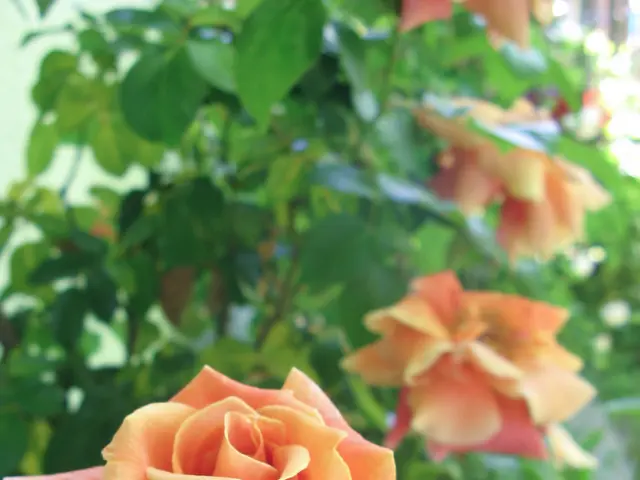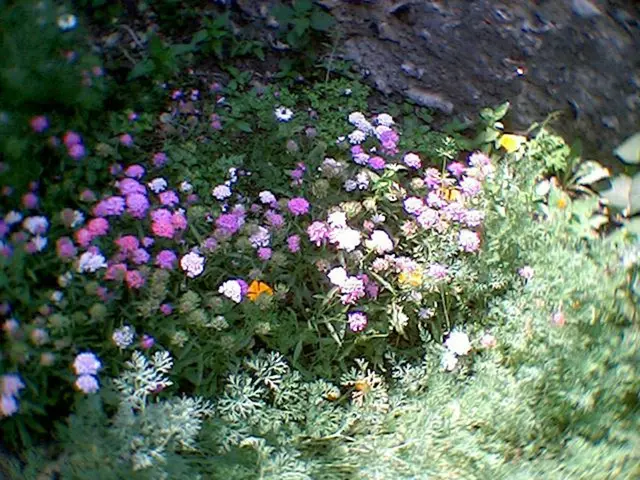Prepare for Autumn: Essential Garden Chores to Initiate in July
Feeling swamped by your summer garden chores? You're not alone! From battling pesky pests like the squash vine borer to overseeing a to-do list that's as long as your arm, it's natural to feel overwhelmed. But don't let that discourage you – now's the perfect time to plan for your Fall garden.
Even though your mind might be on vacation, your Fall garden won't wait. Many people make the mistake of delaying their Fall garden planning, but the truth is, most successful Fall gardens are begun too late. That's why we dive deep into Fall gardening strategies in this episode, so you can get a head start on your Fall garden before you know it.
Picking Your Fall Crops
Fall gardens are best suited for crops that thrive in cooler temperatures. Here's a list of some top choices to get you started:
Leafy Greens
If you enjoy fresh salad in the Fall and Winter, leafy greens like lettuce, spinach, kale, arugula, mustard greens, and collard greens are the way to go. These hardy greens can survive in cooler conditions and provide a scrumptious harvest.
Root Crops
Potatoes, carrots, and beets will do just fine in your Fall garden. Potatoes should be harvested before the first hard freeze, but the plants are not cold-hardy.[1] On the other hand, carrots and beets overwinter easily, making them excellent cold-weather crops.
Brassicas
If you're a fan of broccoli, cabbage, or Brussels Sprouts, good news! These hearty vegetables are perfect for Fall harvest. Cabbage and Brussels Sprouts can even withstand low temperatures in the 20s, while broccoli is less hardy but can still provide a delicious yield if planted in time.[1]
Herbs
Cilantro and parsley make great Fall herbs. While parsley needs some protection from freezing temperatures, cilantro loves the cold and can even grow all winter in many climates.
Squeeze in a Late Summer Crop
Although most Fall crops are planted in late summer, there's still time to squeeze in another round of quick-growing summer crops like cucumbers, bush beans, and zucchini.[2] While they won't survive a frost, you might be able to get a decent harvest if you act fast!
Planting Options
Now that you've picked your crops, it's time to decide whether you'll start seeds indoors, direct-sow them into the garden, or purchase transplants.
Start seeds indoors
Slower-growing crops like broccoli, cabbage, Brussels sprouts, and celery will benefit from starting seeds indoors to avoid germination in hot summer conditions.[1]
Direct-sow
Faster-growing crops like carrots, arugula, lettuce, and spinach can be direct-sown into the garden once the soil cools down in late summer.
Purchase transplants
If you're short on time or resources, buying transplants of vegetables like broccoli, cabbage, and collard greens is a great option. Remember that any crop that needs to be started indoors can also be purchased as a transplant.
Timing Your Planting
Determining the best time to plant your Fall crops is crucial for a successful harvest. Factors such as your first frost date, the persophone period, and your geographical location should be considered when planning your Fall garden.
Persophone Period
The persophone period is when the daylight for your latitude is less than 10 hours per day. Once daylight hours fall below 10, most Fall crops will reach a standstill in their growth. Your goal is to have your Fall crops mature before this period begins, ensuring they reach their full growth potential.[3]
First Frost Date
While your average first frost date is an essential piece of information, it may not be the most critical factor in determining when to plant your Fall garden. What truly matters is the temperature your crops can tolerate and when you start getting your first freezes. Most Fall crops can tolerate temperatures in the 20s. Keep an eye on your garden to determine when you need to cover or harvest sensitive crops.[3]
Amount to Grow
To ensure a successful Fall garden, consider mapping out your garden and planning the amount of each crop you'll need to plant. Just like spring, a successful Fall garden requires proper planning and preparation.
So, take your time to decide on which crops you'd like to grow and make arrangements to acquire seeds, transplants, or equipment. The joy of reaping a Fall harvest is well worth the effort!
[1] [https://extension.oregonstate.edu/gardening/fruits-vegetables/growing-cool-season-vegetables][2] [https://extension.umn.edu/gardening/victory-garden/late-summer-garden-chores][3] [https://nwrec.oregonstate.edu/resource/diy-persophone-period][4] [https://extension.wisc.edu/gardening/homevegetable-gardening/edible/how-to-grow-your-fall-garden][5] [https://www.almanac.com/plant/fall-garden]
- To make the most of your Fall garden, consider using garden printables and a garden planner to map out your growing space and plan the amount of each crop to plant.
- For those with a busy lifestyle, home-and-garden stores offer transplants of fall crops like broccoli, cabbage, and collard greens that can be easily incorporated into your garden plan.
- To make the most of your garden before the winter arrives, try growing quick-growing summer crops like cucumbers, bush beans, and zucchini in late summer as a late summer crop, even though they won't survive a frost.








